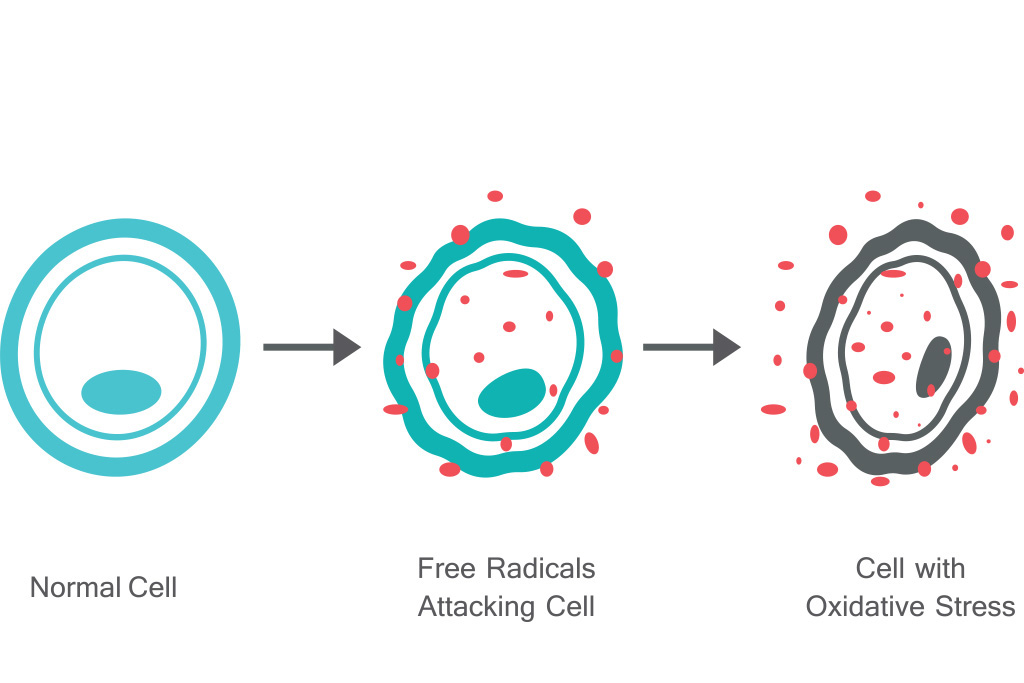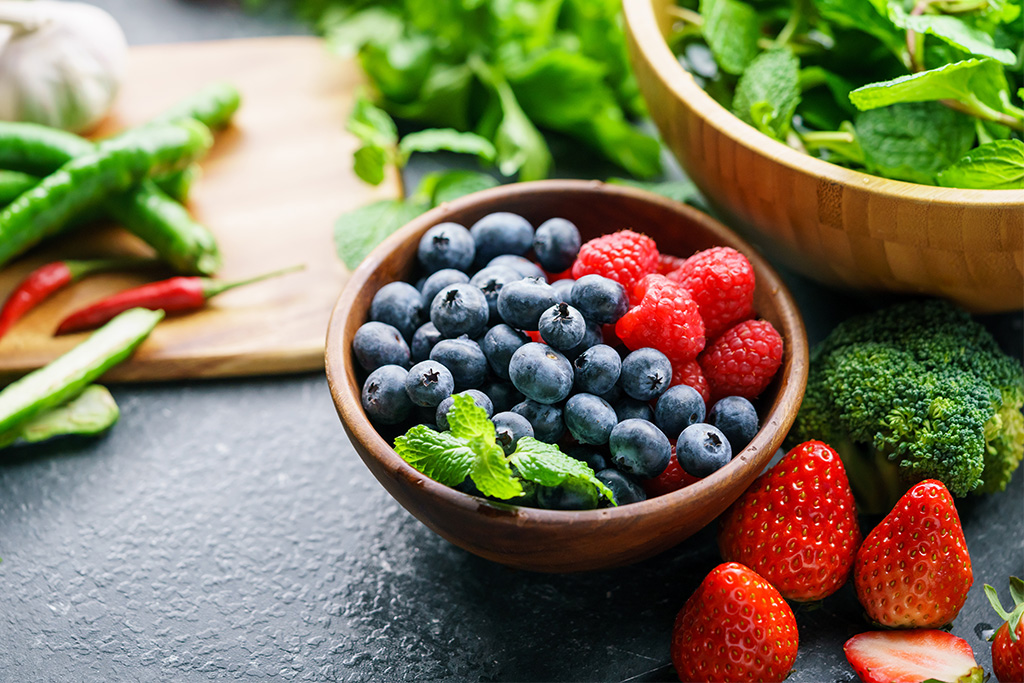Array
(
[0] => Array
(
[item_type] => phone
[content] => Array
(
[label] => Cell
[number] => 4122981513
[extension] =>
)
)
[1] => Array
(
[item_type] => email
[content] => Array
(
[label] => Email
[email_address] => dmillinersr@icloud.com
)
)
[2] => Array
(
[item_type] => address
[content] => Array
(
[label] => Office
[addressee] => DM DIVERSIFIED LLC / Daryl Milliner Media
[address1] => PO BOX 654
[address2] =>
[city] => BRADDOCK
[state] => PA
[zip] => 15104
)
)
[3] => Array
(
[item_type] => social_media
[content] => Array
(
[label] =>
[value] => Facebook @ DMDiversifiedLLC
)
)
[4] => Array
(
[item_type] => social_media
[content] => Array
(
[label] =>
[value] => Instagram @ dm.diversified.llc
)
)
[5] => Array
(
[item_type] => social_media
[content] => Array
(
[label] =>
[value] => LinkedIn @ DMDiversified
)
)
[6] => Array
(
[item_type] => social_media
[content] => Array
(
[label] =>
[value] => Twitter @ DiversifiedDm
)
)
[7] => Array
(
[item_type] => social_media
[content] => Array
(
[label] =>
[value] => Youtube @ DM Diversified
)
)
)
?>
You may have heard the suggestion to “eat plenty of antioxidants” or certain superfoods being described as “rich in antioxidants.” But is this a good thing? And, if so, what does it mean?
Antioxidants are extremely helpful to your body and can help prevent several types of serious health complications. Take a closer look at just what these substances are and where to find them.
Oxidative stress
At the microscopic level, the human body is a series of cells constantly at work, performing different functions based on their location, like the skin or eyes. As these cells process oxygen and other necessary chemicals, they occasionally release free radicals, or reactive and potentially dangerous atoms with missing electrons.
When large amounts of free radicals build up and spread through your body, it is known as oxidative stress. This set of chemical reactions in the body can lead to cell mutation, DNA destruction, cell degeneration, and even cell death. These processes are attributed to diseases like cancer, autoimmune disorders, and arthritis. Though normal cell actions release free radicals, factors such as smoking cigarettes, inhaling pollution, and maintaining a high-fat diet can cause cells to release more free radicals than normal.
Antioxidants to the rescue
That’s where antioxidants come in. These microscopic molecules fight free radicals and balance their quantity in the body, reducing your risk of oxidative stress. Think of antioxidants as being “antioxidative stress.”
While your body has its own antioxidant defenses to keep free radicals under control, you need the help of antioxidants from food to boost these defenses. Therefore, it’s essential to get a healthy amount of antioxidants from your diet. Doing so can help you stay healthy for a long time.
Where to get antioxidants
More so than supplements, sourcing antioxidants directly from foods is a healthier way to live. Start by filling your grocery cart with foods high in antioxidant compounds—which, thankfully, are easy to come by. Just about all foods that are considered healthy, like fruits, vegetables, nuts, and whole grains, are reliable sources of antioxidants. However, beans, herbs, spices, and even some beverages like teas also provide antioxidants.
The most antioxidant-rich foods, though, provide maximum benefits per ounce. The USDA compiled a list of the most antioxidant-rich foods in the world. Surprisingly, the top foods were beans, including small red, red kidney, and pinto varieties. Blueberries, cranberries, and blackberries also neared the top of the list. Other colorful fruits, like sweet cherries, apples, and plums, made the cut too. If you’re interested in adding more antioxidants to your diet, just remember that blue, red, green, and purple produce are rich in antioxidants.
Vegetables high in antioxidants include artichokes and russet potatoes. (Potatoes usually aren’t regarded for their health benefits; however, when prepared well—baked with herbs and light seasonings, for example—russet potatoes can be a healthy addition to any meal.) Leafy green vegetables, which are excellent sources of many vital nutrients, are also high in antioxidants.
If you want some antioxidant-rich recipe ideas, try this delicious Turkey Porchetta with Balsamic Parmesan Au Jus, which is packed with veggies and healthy seasonings.
Fun facts about antioxidants
- Antioxidants serve many purposes. In fact, because antioxidants preserve cell life, many food companies use these substances to increase the shelf life of their products.
- The number one source of antioxidants for many people is coffee. Although coffee isn’t actually rich in antioxidants, it is one of the few sources of them that’s a regular part of the average person’s diet.
- Chocolate lovers, rejoice: the world’s favorite indulgent food is a great source of antioxidants. However, to prevent consuming too much sugar or fat, eat a small serving of natural dark chocolate.
- Too many antioxidants can be bad for you. In fact, this can lead to even more oxidative stress. However, most Americans don’t get enough antioxidants from their diet, so this usually isn’t a concern.
- Three common and well-known antioxidants are vitamin C, vitamin E, and beta-carotene.
Don’t stress too much about adding antioxidants alone to your diet, especially if you’re focused on getting more vitamins, increasing your fiber intake, decreasing your sugar intake, or other dietary measures. Just try to add more colorful produce to every meal you eat. By doing that one simple step, you’ll get more antioxidants alongside a host of other health benefits.
*Be sure to discuss any major dietary changes with your doctor.
Caregiving Tips for the Holiday Season





























